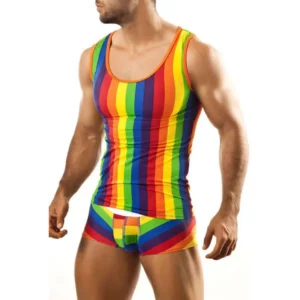
During the early 2000s, grime style began to emerge from London. The genre's early sound was rooted in a feeling of disenfranchisement and daily struggle. It reflected the complexities of a city that was both isolated from its surrounding and unreachable for many. It embodied a new attitude towards the Black experience, offering an authentic representation of life in the UK. Grime style often features an electronic sound bed and chaotic syncopated breakbeats.
The first grime artist to break through was Dizzee Rascal. His debut album Boy In Da Corner helped establish grime style. Dizzee wore a tracksuit that made a visual statement about his identity. It was a middle finger to the era of surveillance and anonymity. He also wore Nike Air Max shoes, which became a signifier of grime style.
Grime style became a fad, but the movement eventually took root and gained its own unique vision. New artists began to develop their own style and create distinctive grime art. These artists are often inspired by slightly off-putting images or slightly gross concepts. They also tend to create their own ideas and personalities into grime art. Ultimately, grime art is becoming an avant-garde art form.
The genre's lyrical message rejects the trappings of commercialism and emphasizes the rawness and individuality of grime. It also rejects the commercialism of the UK garage scene, which made many clubs ban baseball caps and trainers. It also gave MCs more room to fill in with complex rhymes and engaging stories.
The MCs were also able to establish themselves on radio shows, where they would freestyle and interact with audiences. Many grime tracks took their cues from pirate radio stations. MC cyphers were an integral part of the genre's DNA. The MCs wore baggy cuts and hooded jackets. The music was often underscored by jungle rhythms and bass. These tracks were released on independent labels and were cut to dubplate for shows.
In the late 2000s, the grime genre began to lose some of its momentum. It also began to attract pop-leaning grime artists, who confused long-time fans. A pop-rap hybrid of grime tracks, such as Chip's "Cowboys and Indians" and Tinie Tempah's "Ride It" turned off many long-time fans. It also lost its appeal to mainstream audiences.
The UK garage scene was a thriving dance music movement, but it was not for everyone. Garage clubs were often out of reach, and were associated with class stratification. Some UK garage clubs banned jeans in the late '90s. They also favored champagne and cocaine, and required clothes that looked the part.
The early MCs in grime were not satisfied with the garage scene's lack of substance. They felt that garage did not represent them. They wore baggy cuts, hoods, and Nike Air Max shoes. The music was often made using music creation software such as Fruityloops. These tracks are often described as "national anthems" for the genre. Some of these tracks were even played on national radio stations.




